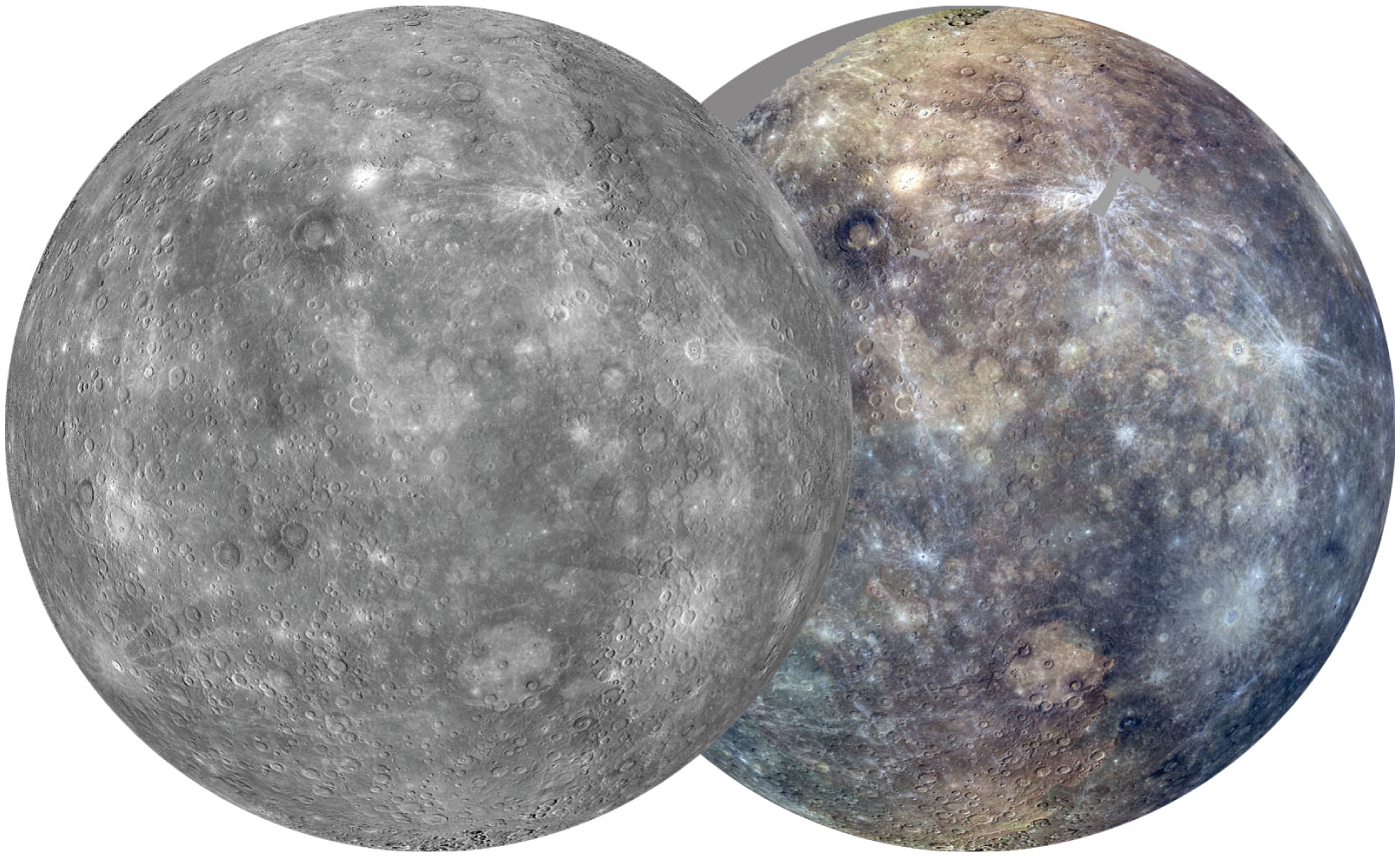 |
| Previous Image | Next Image |
| Description: Lunar surface Maria (singular, mare), Latin for “sea” Dark regions Fairly smooth lowlands Originated from asteroid impacts and lava flooding the surface Highlands Bright, densely cratered regions Make up most of the Moon Make up all of the “back” side of the Moon Older than maria Craters Most are produced by an impact from a meteoroid which produces Ejecta Occasional rays (associated with younger craters) Lunar regolith Covers all lunar terrains Gray, unconsolidated debris Composed of Igneous rocks Breccia Glass beads Fine lunar dust “Soil-like” layer produced by meteoric bombardment Lunar history Hypothesis suggests that a giant asteroid collided with Earth to produce the Moon Older areas have a higher density Younger areas are still smooth Moon evolved in three phases Original crust (highlands) As Moon formed, its outer shell melted, cooled, solidified, and became the highlands About 4.5 billion years old Formation of maria basins Younger than highlands Between 3.2 and 3.8 billion years old Formation of rayed craters Material ejected from craters is still visible e.g., Copernicus (a rayed crater) Mercury Innermost planet Second smallest planet No atmosphere Cratered highlands Vast, smooth terrains Very dense Revolves quickly Rotates slowly Picture Stats: Views: 616 Filesize: 2.12MB Height: 858 Width: 1401 Source: https://biology-forums.com/index.php?action=gallery;sa=view;id=39869 |
